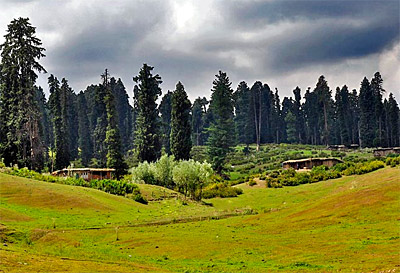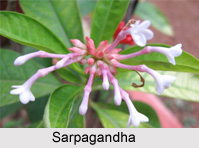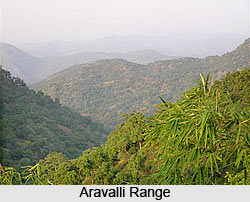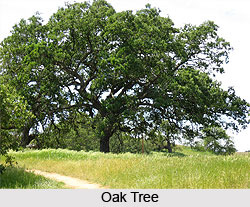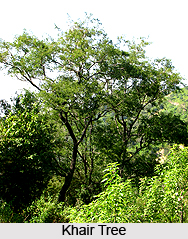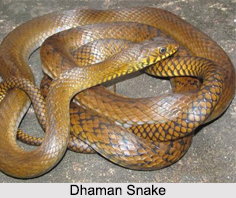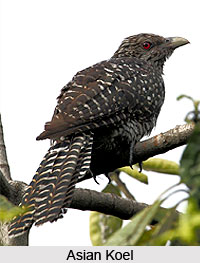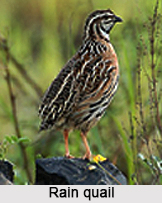 Rain quail or black-breasted quail with a scientific name "Coturnix coromandelica" is a species of quail found in the Indian subcontinent, its range including Pakistan, India, Nepal, Sri Lanka, Bangladesh, Myanmar, Thailand, Cambodia and Vietnam. This type of bird is found in plenty in the village life and the semi urban part of West Bengal, Assam, Odisha, Andhra Pradesh, Bihar, and Jharkhand.
Rain quail or black-breasted quail with a scientific name "Coturnix coromandelica" is a species of quail found in the Indian subcontinent, its range including Pakistan, India, Nepal, Sri Lanka, Bangladesh, Myanmar, Thailand, Cambodia and Vietnam. This type of bird is found in plenty in the village life and the semi urban part of West Bengal, Assam, Odisha, Andhra Pradesh, Bihar, and Jharkhand.
Concentration of Rain Quail
Rain quail is found in grassland, cropped fields, and scrubs in the Indus valley of central Bangladesh, India, Nepal and Pakistan, ranging across the Gangetic plains, and parts of peninsular continental India. Rain quail is mostly seen in winter in the further southern part of India.
Structure of Rain Quail
Rain quail lacks barring on primaries. The male has a black breast-patch and distinctive head pattern of black and white. The female is difficult to separate from female common quail and Japanese quail, although the spots on the breast are more delicate. It is 6-6.5 in (15-17 cm) and weighs roughly 2.25-2.5 oz (64-71 g).
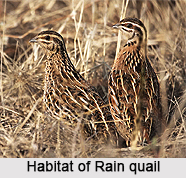 Calling of Rain Quail
Calling of Rain Quail
The call of Rain quail is a metallic chrink-chrink. It is constantly repeated in mornings and evenings, and in the breeding season also during the night. It is quite unmistakably distinct from the call of the common grey quail.
Foods of Rain Quail
Rain quail feeds on seeds of grasses and other plants, insect larvae and small invertebrates. Breeding takes place between March and October, but chiefly after the start of the south westerly monsoon season in June.
Eggs of Rain Quail
The eggs of Rain quail are laid in a scrape in the ground, sometimes in the open under a Euphorbia or similar bush. There are usually six to eight eggs in the clutch. The incubation period is sixteen to eighteen days. The chicks are able to leave the nest soon after they have hatched and remain with their parents for about eight months.
Population of Rain Quail
Rain quail has a very large range and the population is stable. It is a common species and the International Union for Conservation of Nature has rated their conservation status as "least concern".




